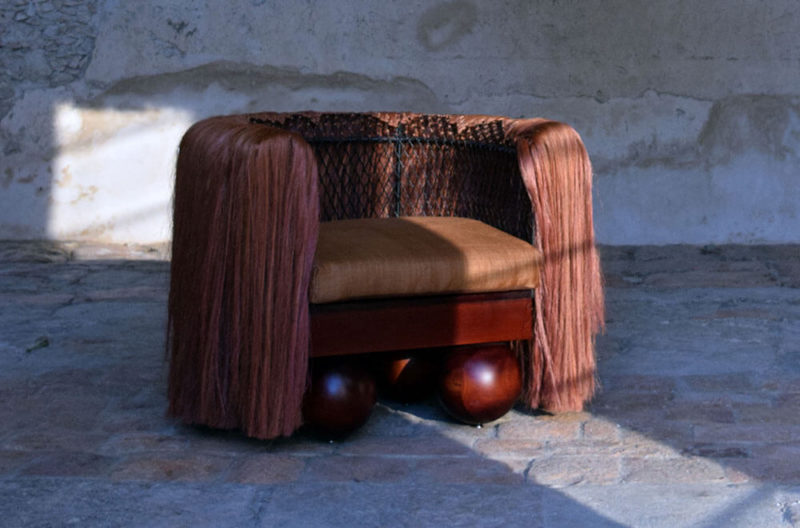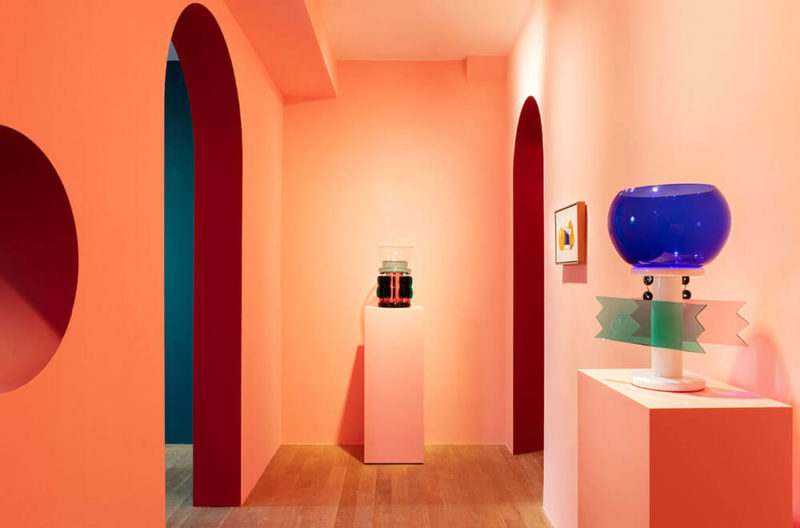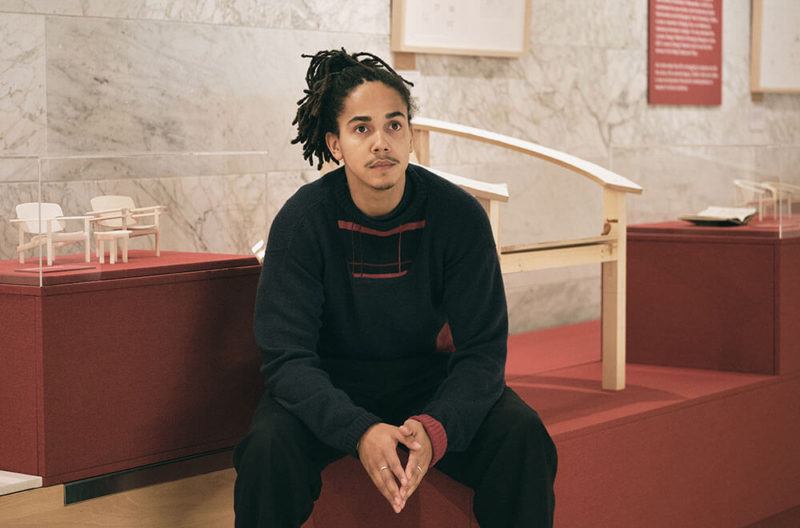Chris Schanck / Off-World
“In every piece, I try to fight a sense of good taste and push more obscure proportions."
MAD Museum, New York
12th February 2022 – 8th January 2023
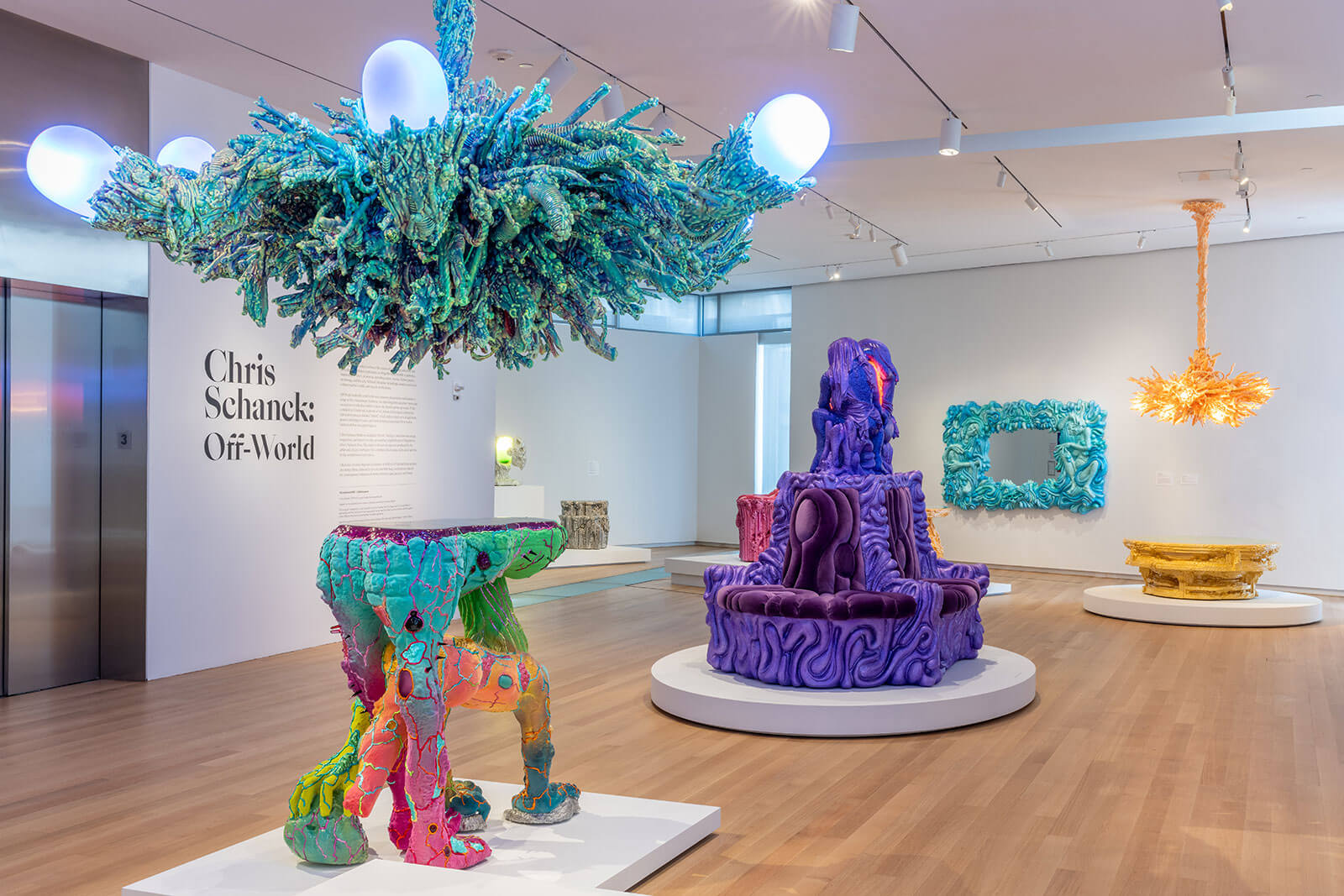
Installation view
COURTESY: Chris Schanck & MAD / PHOTOGRAPH: Jenna Bascom
CHRIS SCHANCK STANDS apart within the contemporary canon of expressive and minimalist design. His seemingly calcified designs reference his adoptive Detroit and are created from upcycled waste material. Rather than operate in the realm of mass production, the Cranbrook Academy of Art-trained talent has honed experimental techniques all of his own.
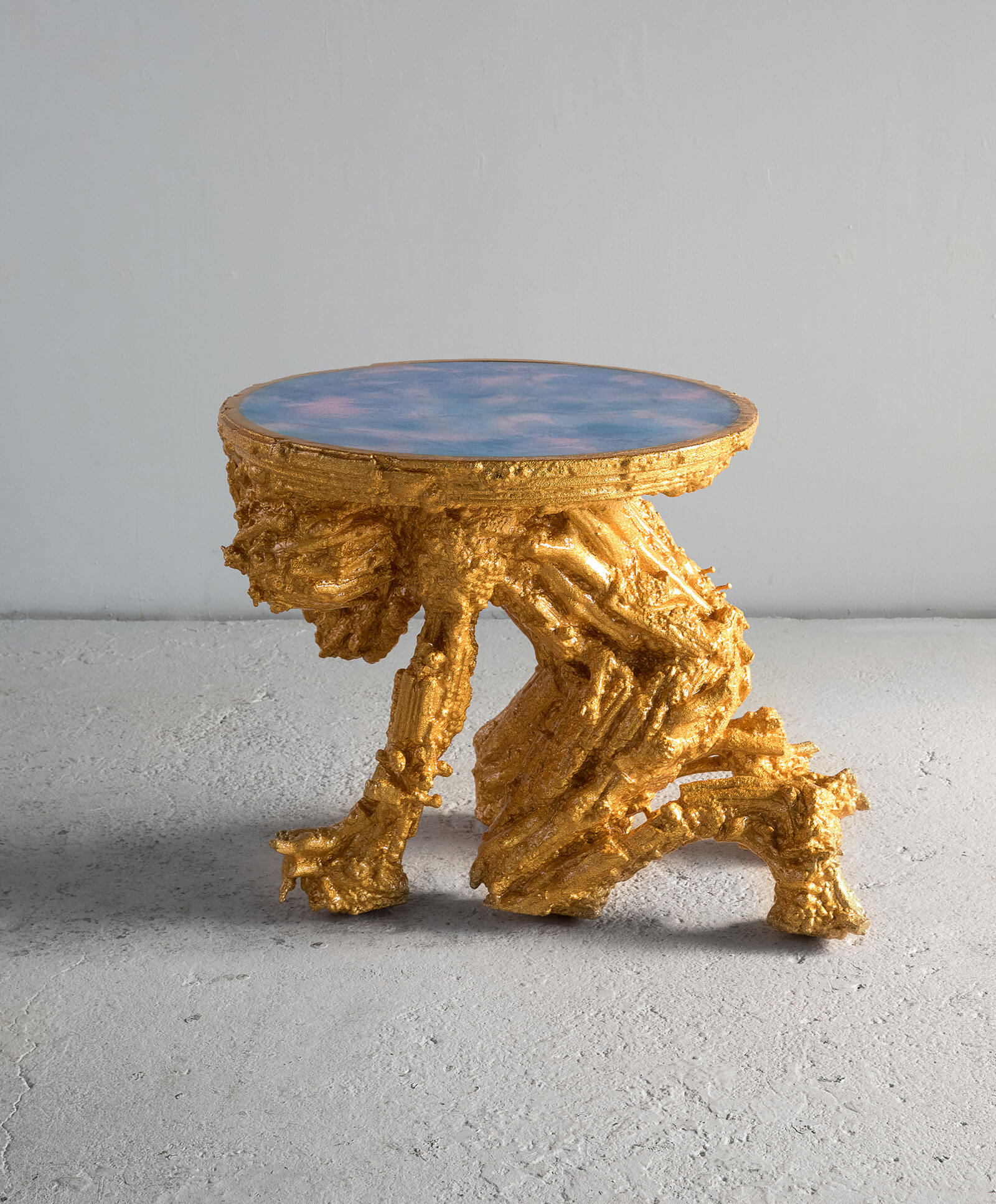
Chris Schanck, ‘Gold 900’, 2018
COURTESY: Chris Schanck & Robert and the late Julie Taubman / PHOTOGRAPH: Michelle and Chris Gerard
A new solo show at New York’s MAD Museum, the first of its kind, seeks to survey Schanck’s progression over the past decade. The showcase includes many of the pieces that have gathered wide acclaim over the years, such as ‘Puff’ armchair (2017) and ‘Garden Vanity and Chair’.
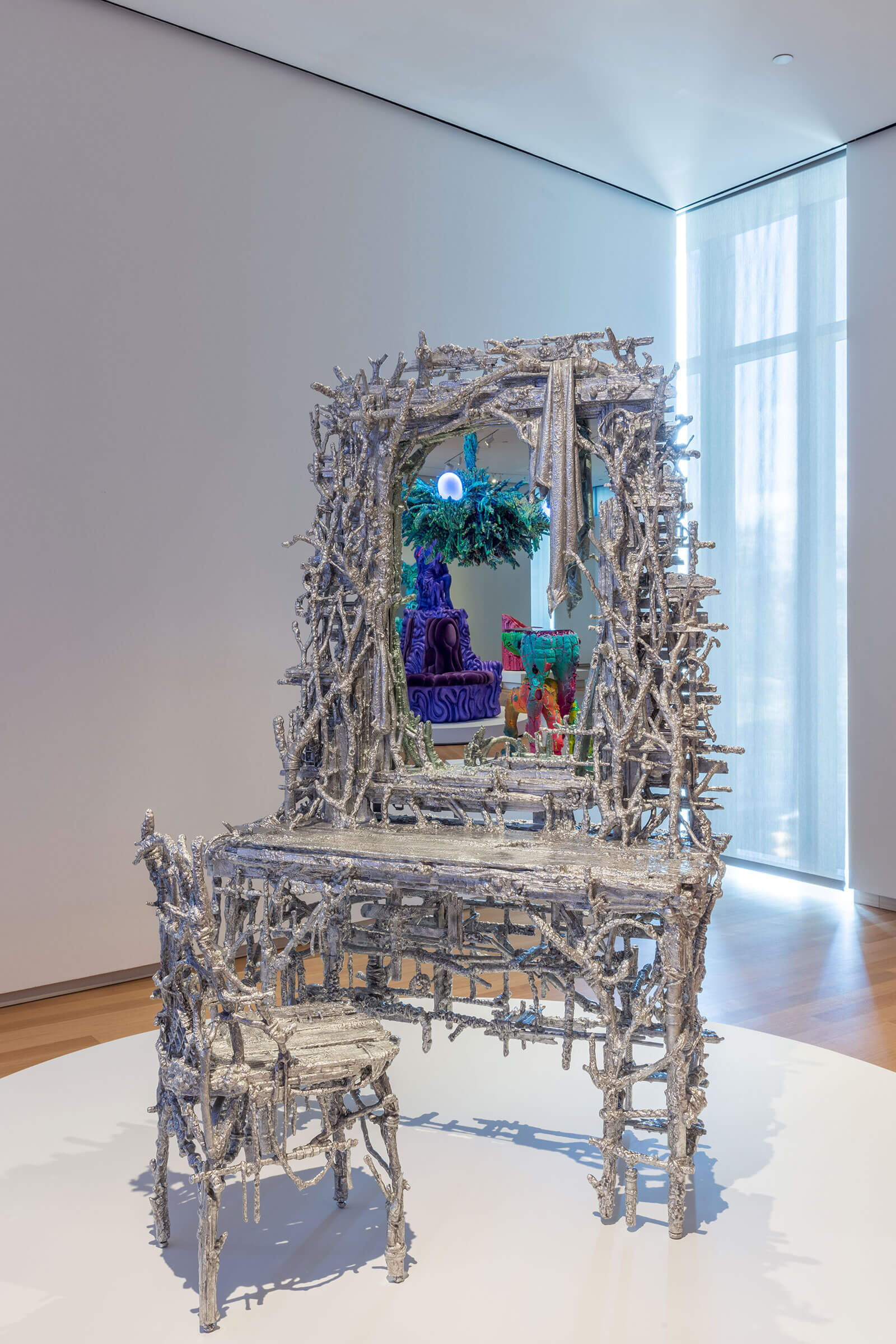
Chris Schanck, ‘Garden Vanity and Chair’, 2020
COURTESY: Chris Schanck & Dallas Museum of Art & MAD / PHOTOGRAPH: Jenna Bascom
A fixture of Friedman Benda’s ever-growing roster of era-defining artists, Schanck’s complex works feature amongst prominent private and museum collections, including the Dallas Museum of Art and the Montreal Museum of Fine Arts. The exhibition also presents the designer’s recent, pandemic-born investigation of figuration.
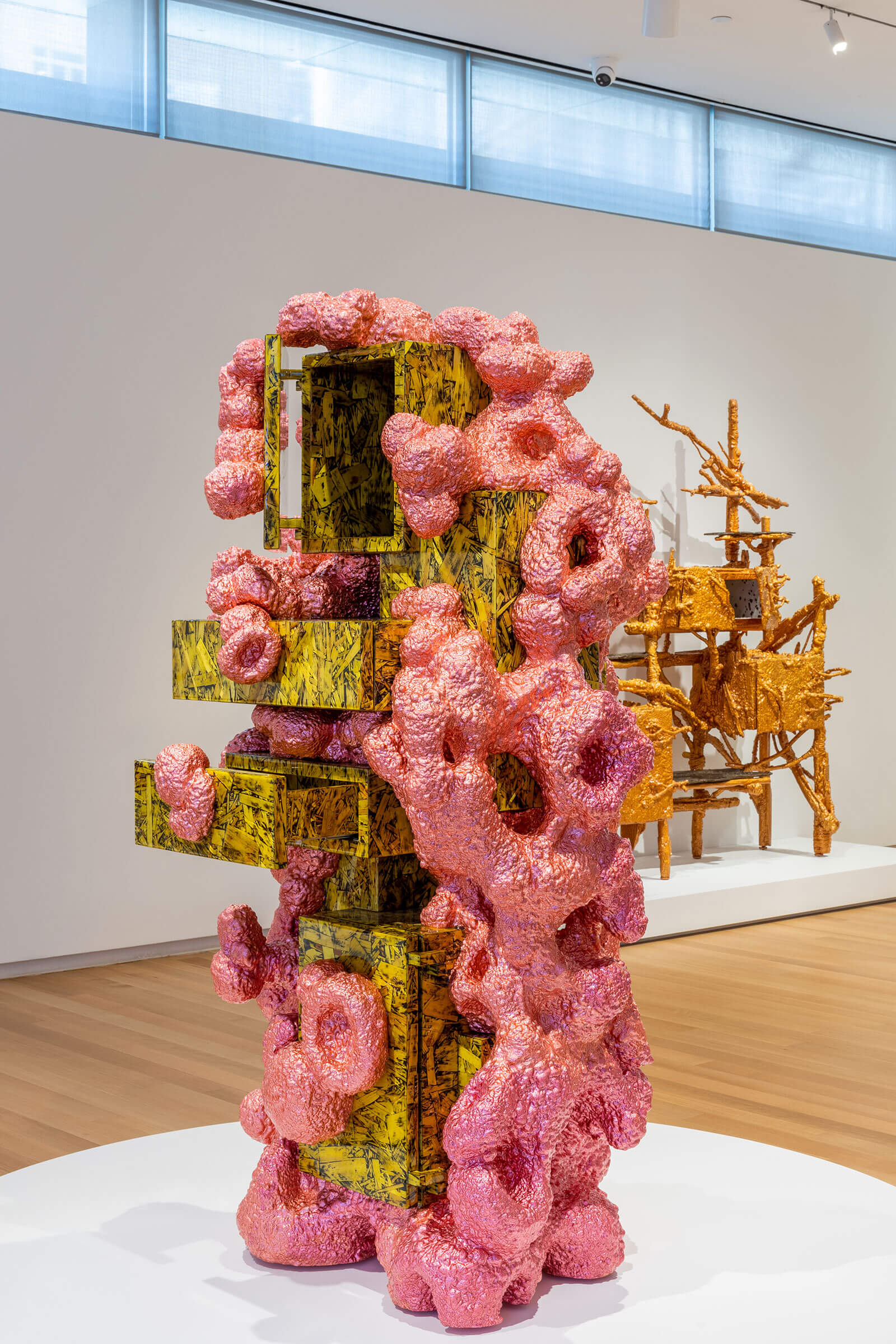
Chris Schanck, ‘Cryo II’, 2020
COURTESY: Chris Schanck & Collection Museum of Fine Arts, Houston & MAD / PHOTOGRAPH: Jenna Bascom
“In every piece, I try to fight a sense of good taste and push more obscure proportions”
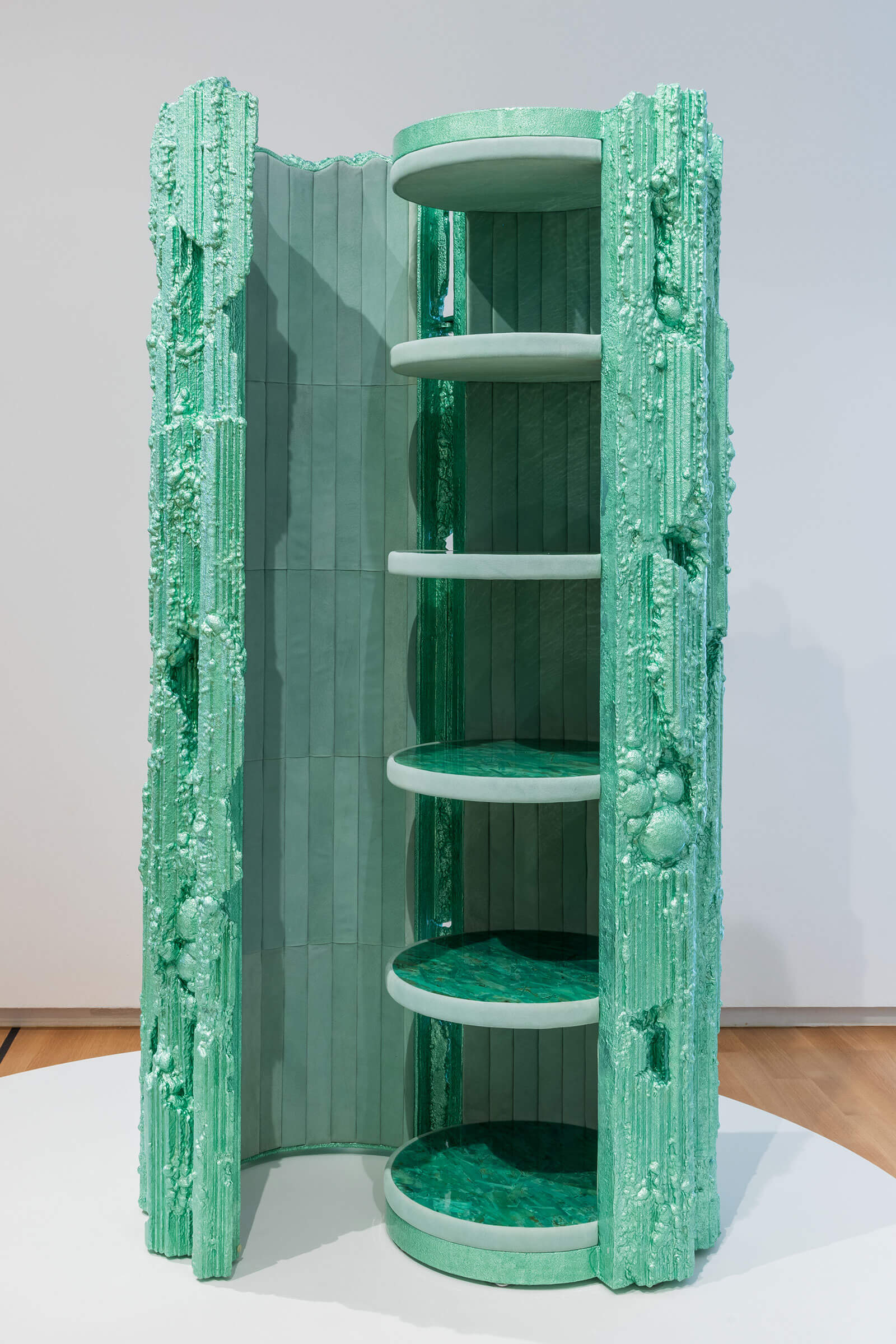
Chris Schanck, ‘Shuddering Cabinet’, 2022
COURTESY: Chris Schanck & MAD / PHOTOGRAPH: Jenna Bascom
“There are no straight lines, no perfect angles. Imperfection is the standard”
Rendered in unifying swathes of bright-hued resin and other textured finishes, his piecemeal assemblages – chairs, cabinets and chandeliers – take on playful and sometimes folkloric dimensions. Though entirely singular, the designer’s work is informed by vestiges of Brutalism and Art Deco architecture found throughout Detroit, if not also ancient Egyptian and Aztec iconography.
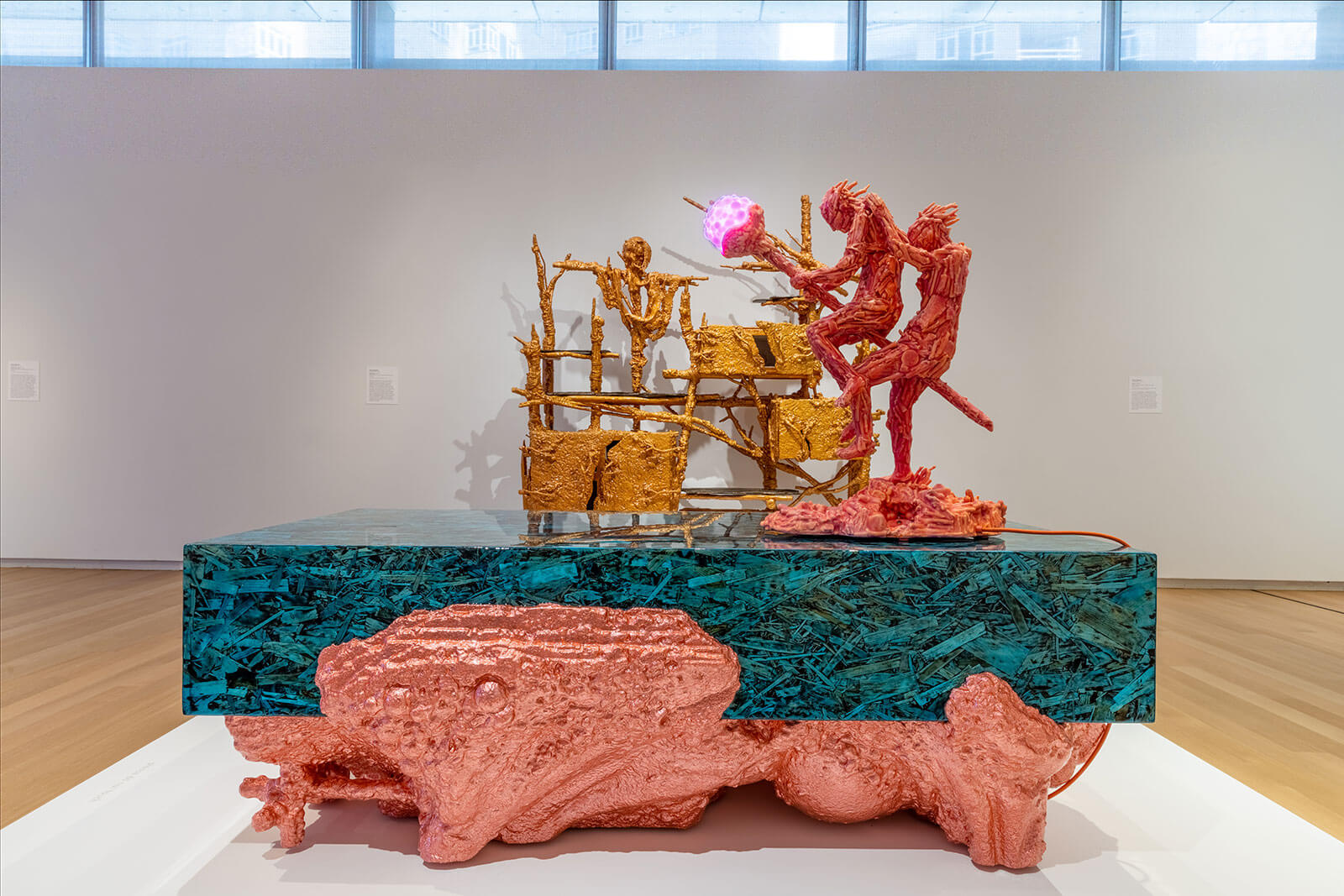
Installation view
COURTESY: Chris Schanck & MAD / PHOTOGRAPH: Jenna Bascom
“In every piece, I try to fight a sense of good taste and push more obscure proportions,” he says. “There are no straight lines, no perfect angles. Imperfection is the standard.” Schanck’s forms are emphatically supernatural and yet refined. They follow a hidden, yet detectable, logic.
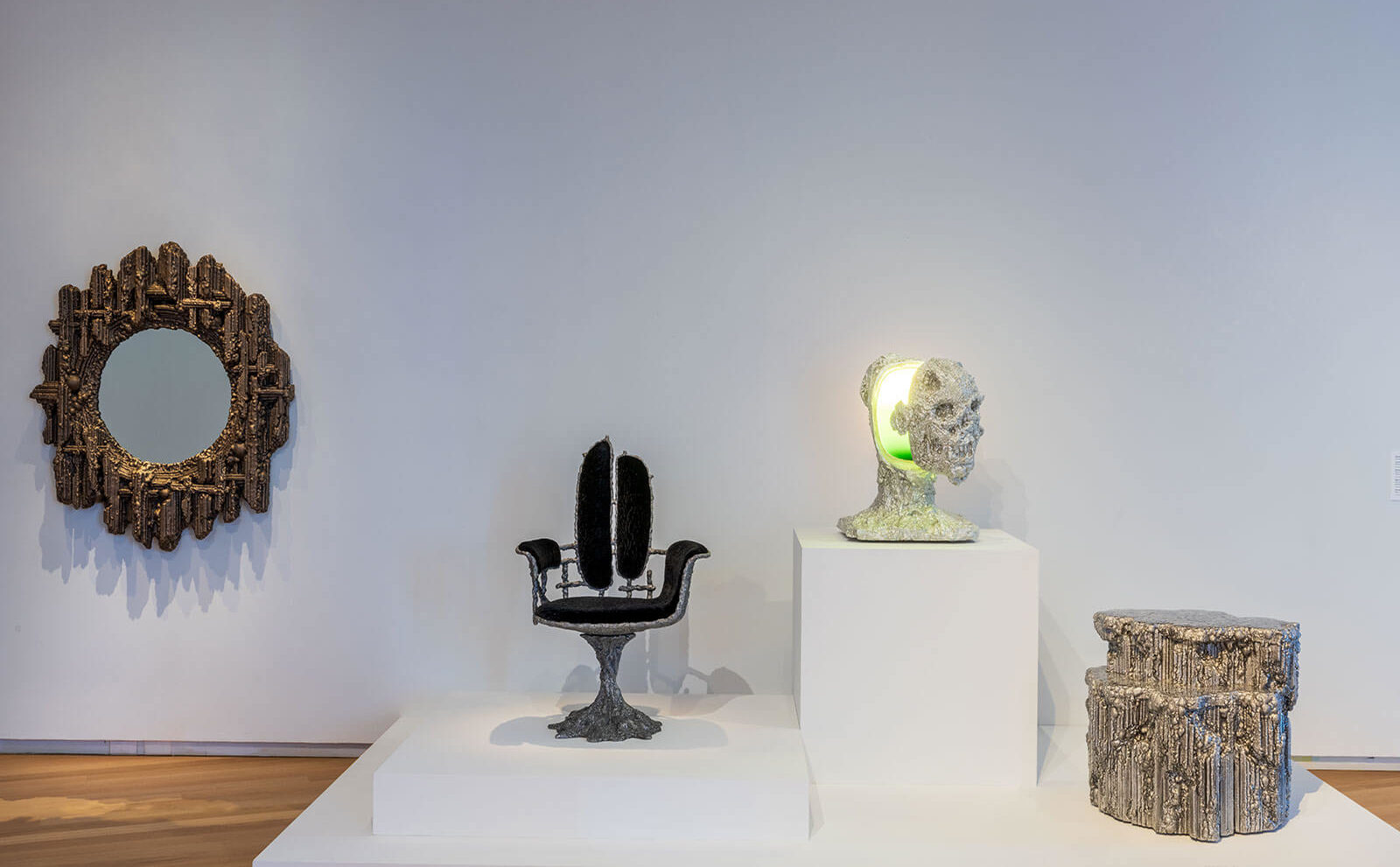
Installation view
COURTESY: Chris Schanck & MAD / PHOTOGRAPH: Jenna Bascom
The works are functional and beautiful, but also harbingers of environmental and social issues. There is a perceivable tension between sumptuous opulence and the unavoidable realities of urban decay. Some pieces, like the ‘Banglatown’ armoire (2018), go so far as to honour the resourcefulness and ad-hocism prevalent in the postindustrial city.
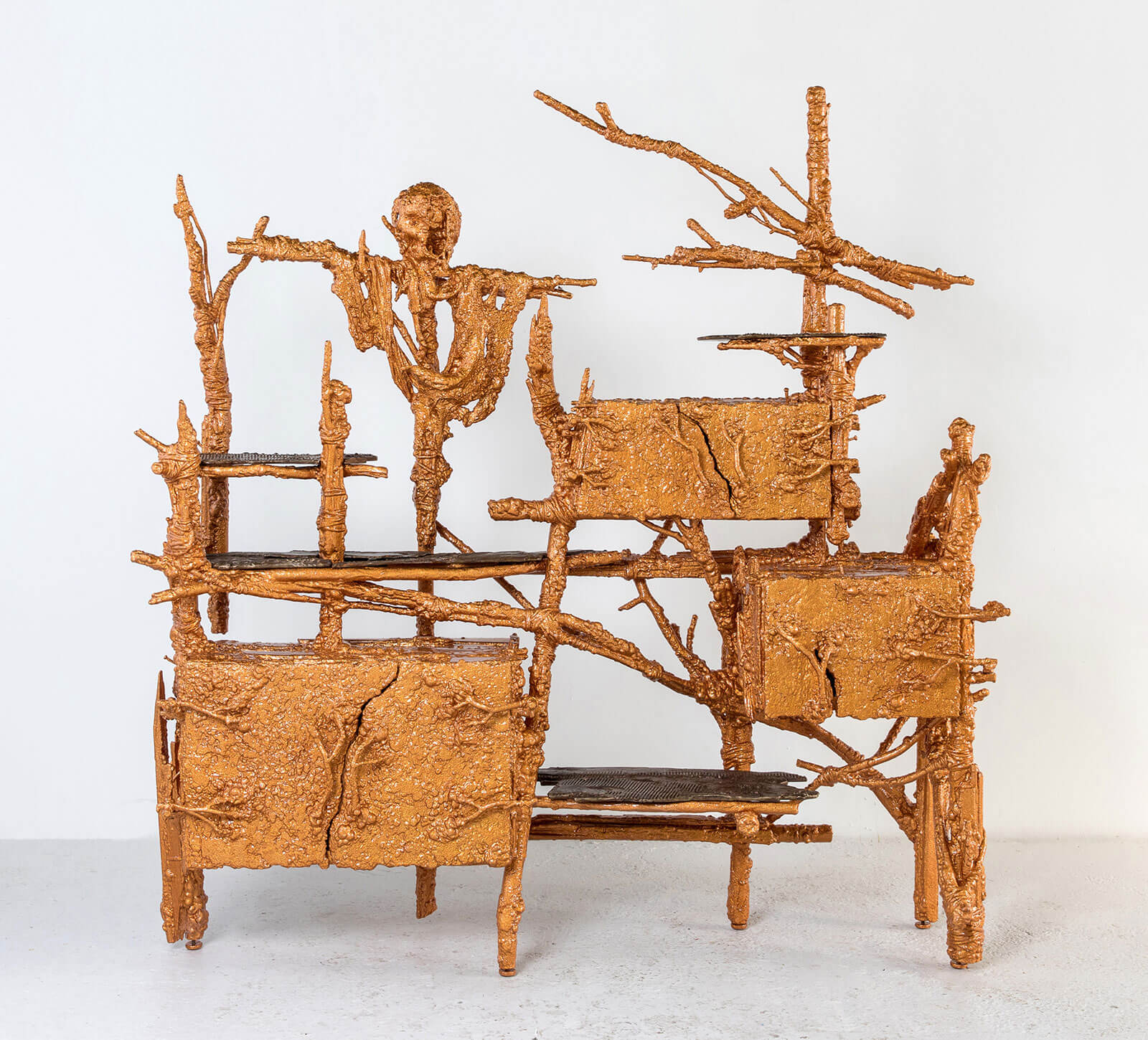
Chris Schanck, ‘Banglatown’, 2018
COURTESY: Chris Schanck & Friedman Benda, New York / PHOTOGRAPH: Michelle and Chris Gerard
“My works exist on a spectrum; on the one end, they are practical and functional, and on the other they are aspirational and speculative – a blend of reality and fantasy,” he explains. “Imagine a child’s bed that is shaped like a rocket or automobile. The practical function of that bed takes the form of a fantasy. We understand that you can’t start the bed and fly away, but in the child it inspires the idea of speed and exploration. My work functions a lot like that bed.”
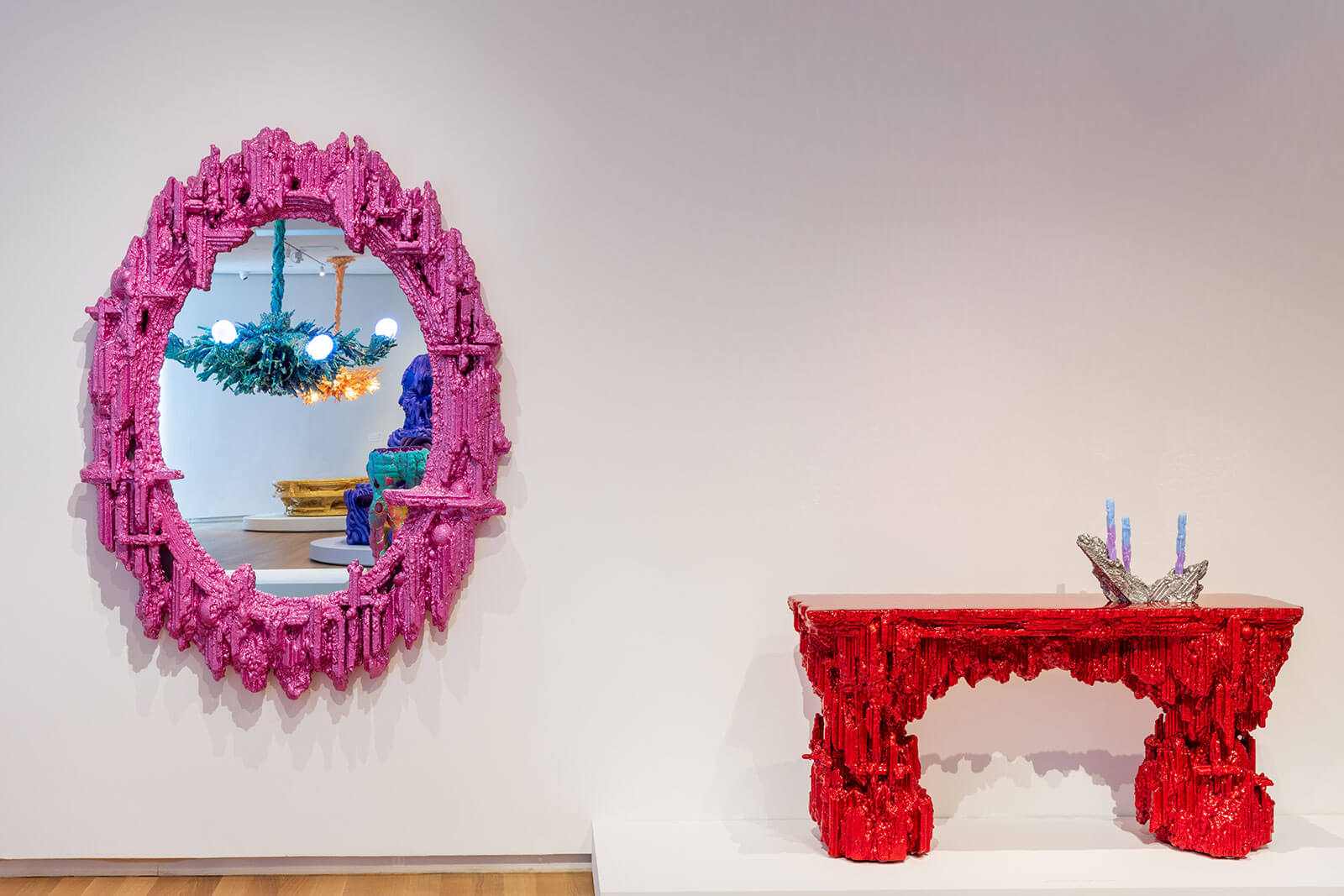
Chris Schanck, ‘Grotto Mirror: Lavender II’, 2019; ‘Grotto Console: Pomegranate’, 2020
COURTESY: Chris Schanck & Friedman Benda, New York & MAD / PHOTOGRAPH: Jenna Bascom
The ‘Chris Schanck: Off-World’ show was guest-curated by the Director of the Cranbrook Art Museum, Andrew Blauvelt, who has been in conversation with the designer since he graduated from the school just over ten years ago. “Schanck is one of the most exciting artists working in contemporary furniture design today,” Blauvelt says. “His work represents the fruitful integration of art and design. Conceptually rich, materially inventive and aesthetically adventuresome, it challenges our expectations of design – it does not quietly occupy space, but rather inhabits our minds and engages our senses.”
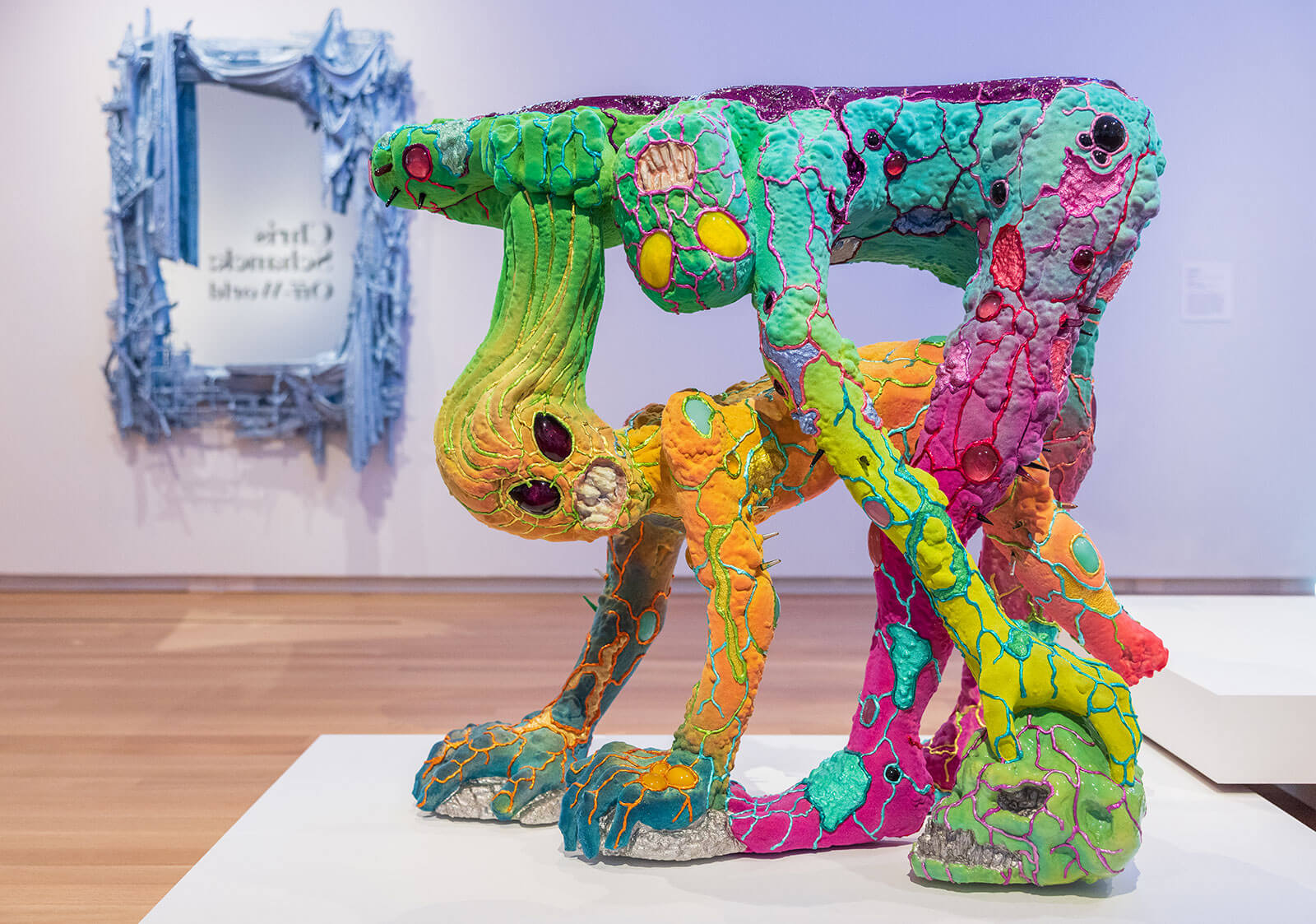
Chris Schanck, ‘Invasion’, 2018
COURTESY: Chris Schanck & Friedman Benda, New York & MAD / PHOTOGRAPH: Jenna Bascom
Chris Schanck: Off-World at MAD Museum, New York.




